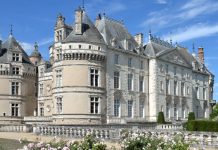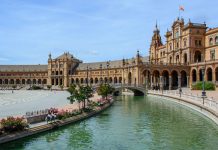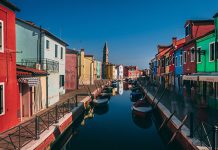Metz is a striking town that impresses with its rich history as well as natural and architectural heritage. It is perfectly located at the crossroads of the Roman military roads Reims-Strasbourg and Trier-Lyon and has been inhabited since the Roman era. At that time, Metz was called Divodurum Mediomatricum, which means “Holy Village or Holy Fortress of the Mediomatrici.”
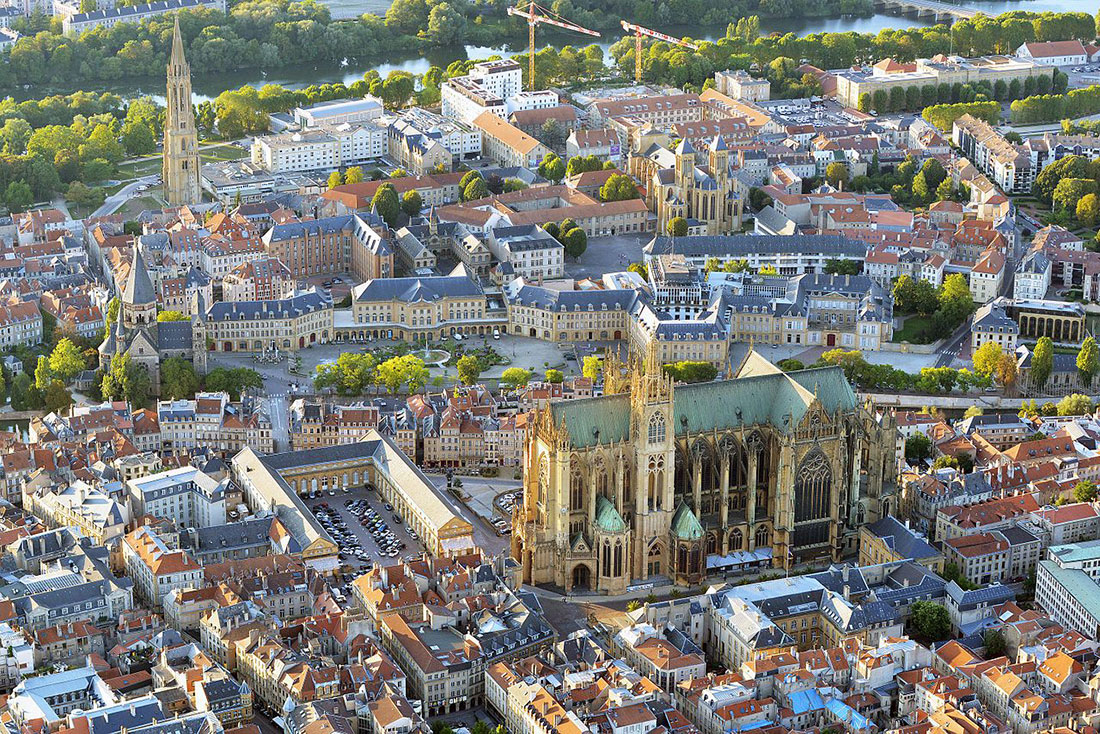
Before the arrival of the Romans, this was the main settlement of the Celtic tribe of the Mediomatrics (Mettis for short), from which the current name Metz comes.
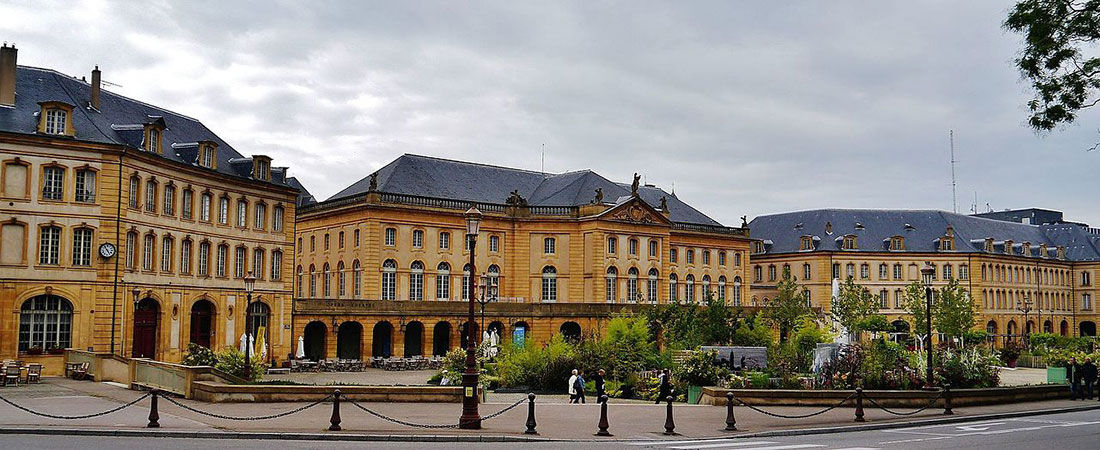
In the 2nd century AD Metz was a prosperous and wealthy town with a population of 40,000, which is more than Lutetia (Paris). There was even one of the largest amphitheaters in the Roman world, accommodating 25,000 spectators.
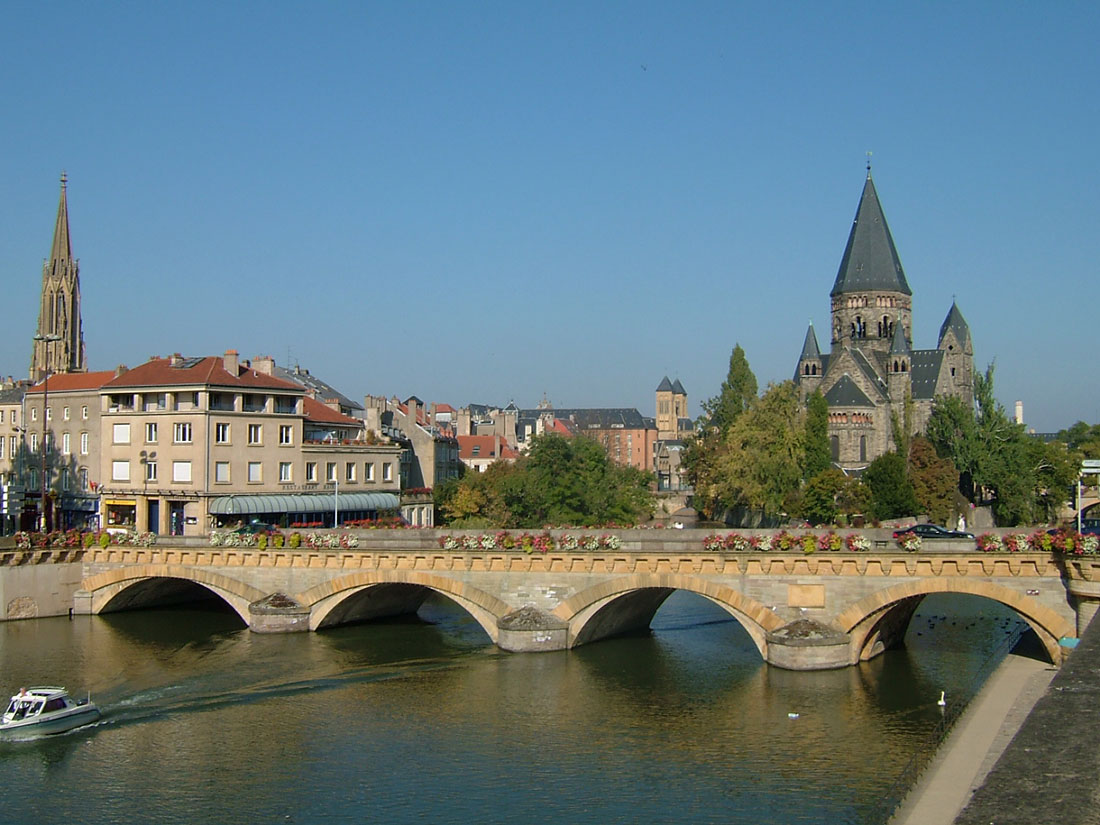
During antiquity, the city and its wine-producing communities, located at the crossroads, prospered. Villas, thermal baths, aqueducts and churches were actively built here

An interesting heritage of the Roman past of Metz is located a few kilometers from the outskirts of the town. These are the remains of an aqueduct from Gorze to Metz. Such a large town with its baths, fountains and trade needed an efficient water supply system. The route of the water system stretches for 22 kilometers, linking the Gorze spring with Metz.
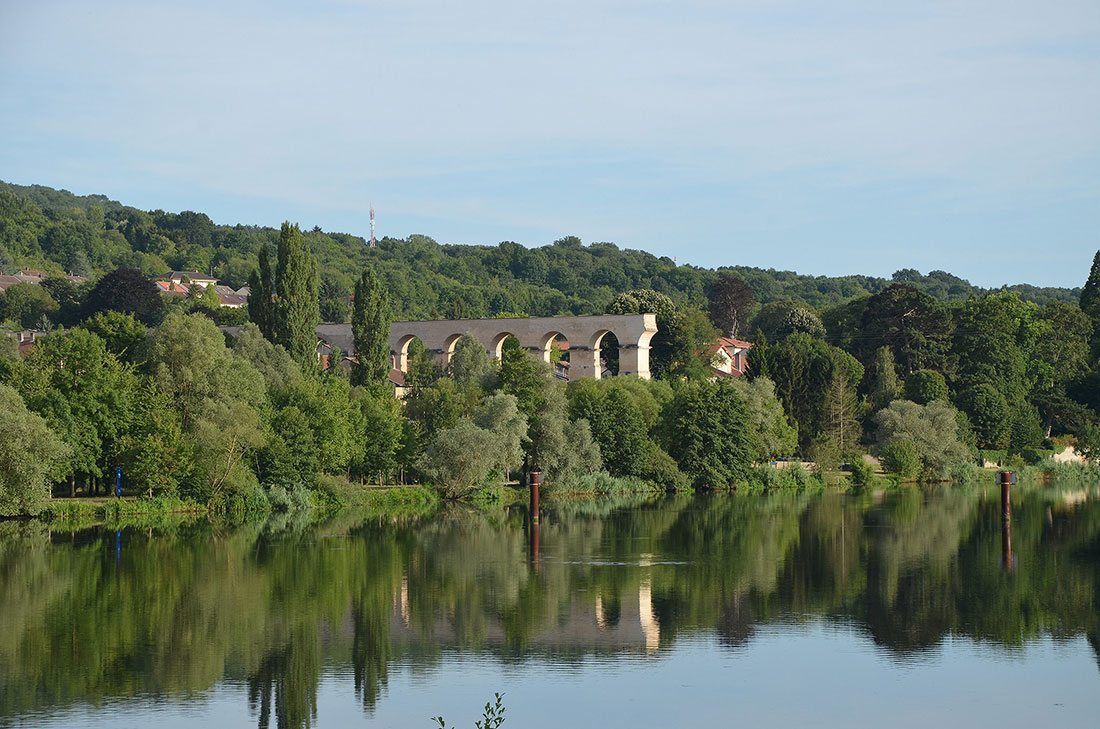
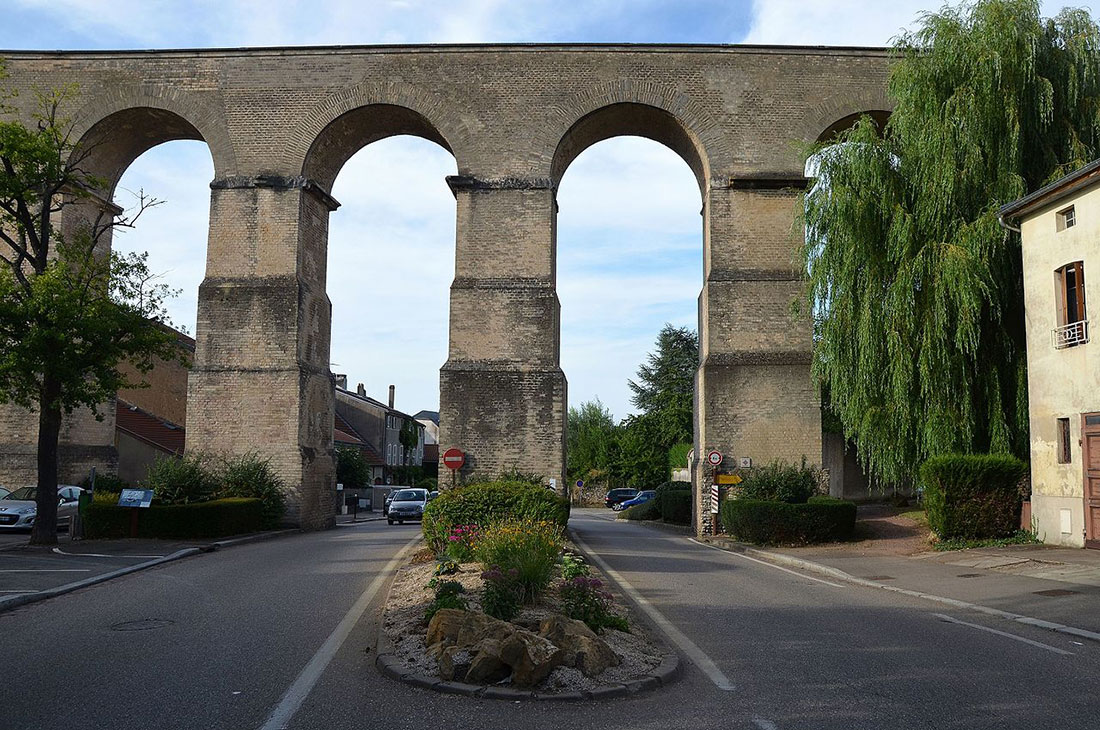
The legend of Metz
As a crossroads of major Roman routes, Metz was open to new religious ideas such as Christianity. With the churches of Reims and Trier, Metz had one of the oldest Christian communities in Northern Gaul. The Christian faith is believed to have spread to Metz around 280 AD with the first bishop of the town, Saint Clement. According to legend, he was sent not only to convert the inhabitants to a new faith, but also to rid the city of Graoully, a dragon that terrified the local people. A giant reptile that could not walk on the ground because of its short legs and lived in the ruins of a Roman amphitheater. This place was infested with many snakes. The body of the dragon was especially impressive, covered with green-brown scales, through which not a single arrow could penetrate. Once a dragon was seen flying over the roofs of the city. He flapped his serrated wings noisily, flashed his red eyes, and exhaled fire and brimstone.
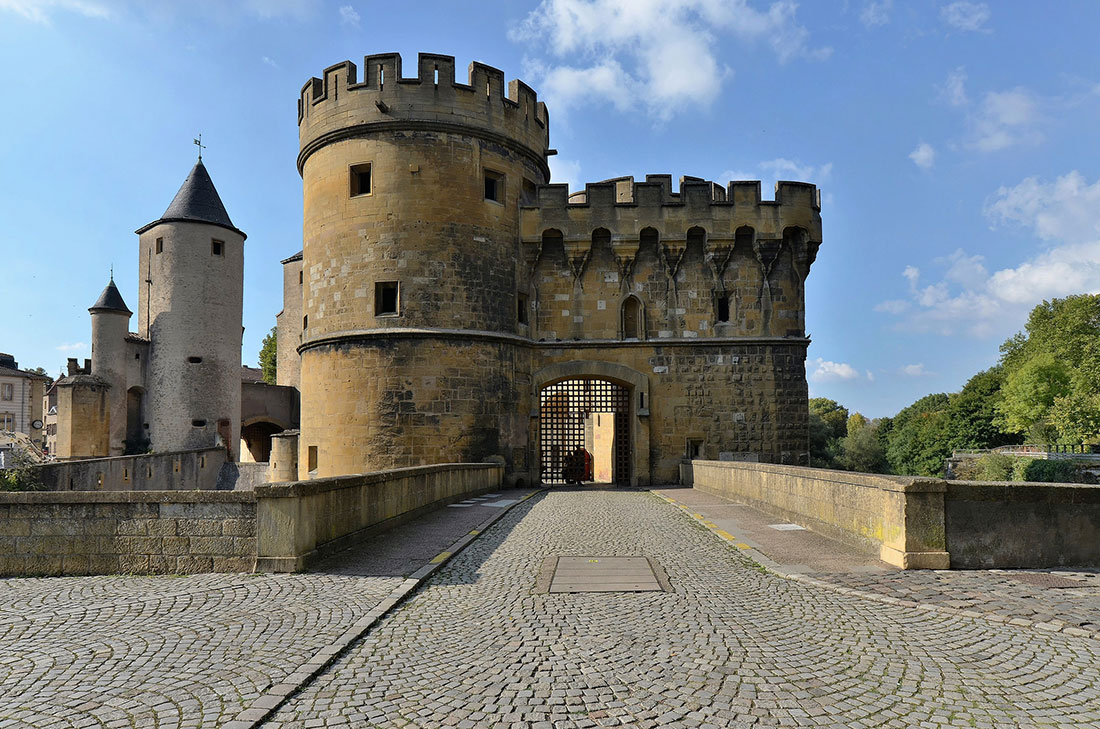
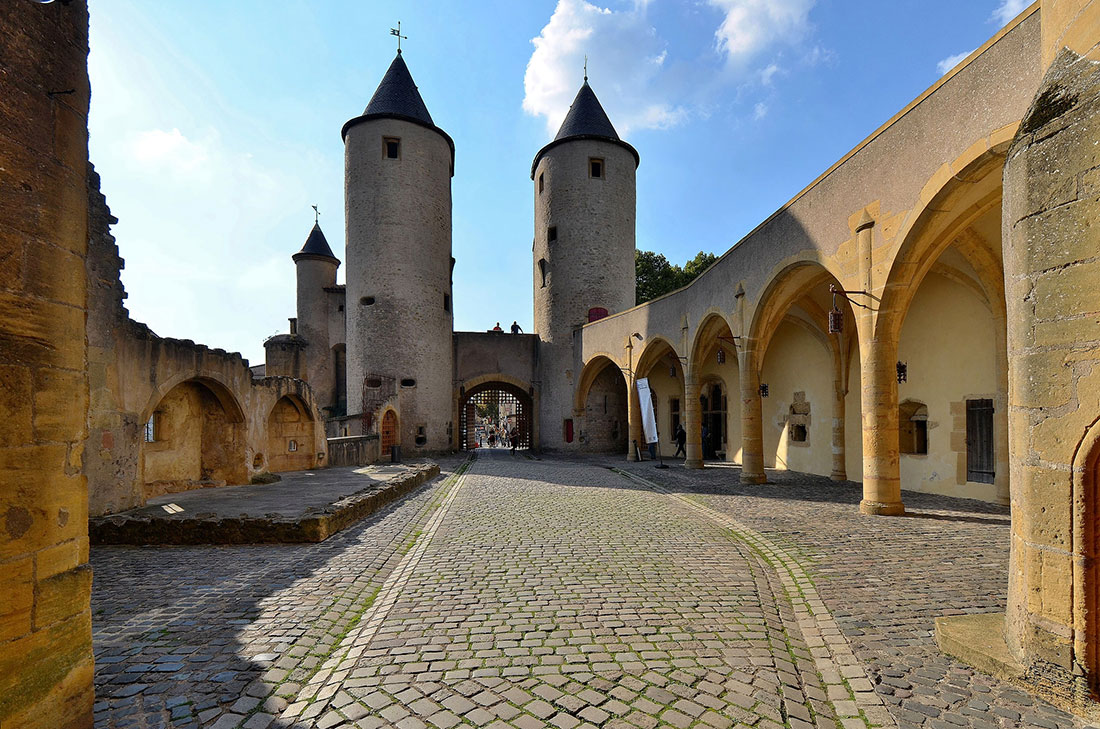
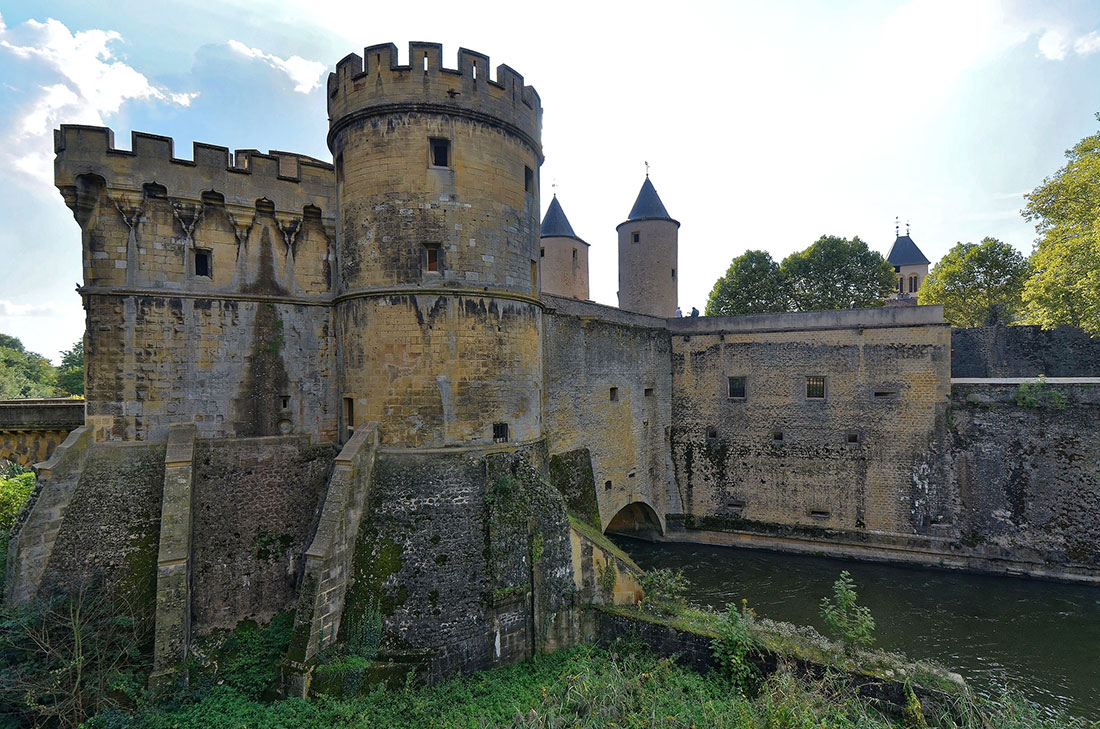
The disgusting monster arranged feasts, eating careless people at night. No wonder he was especially fond of young girls! Nothing could defeat him. He seemed to be afraid of nothing but water. Arriving in the region to preach the Gospel to the pagans, Saint Clement was revered as a Savior who could help the locals to get rid of the cursed dragon.


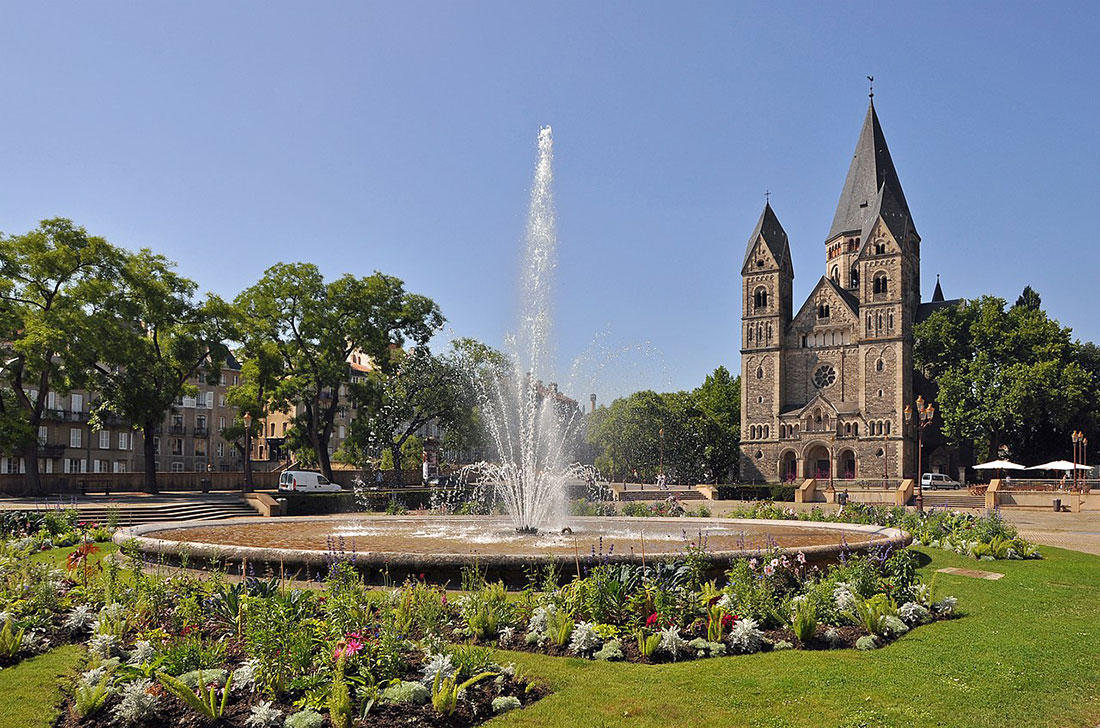
Saint Clement was so moved by this that he decided to fight back the monster in his refuge, in the amphitheater. He faced the dragon and looked into its eyes. Throwing his cape around the reptile’s neck, Clement pulled the huge reptile to the Seille River and threw the monster into it. It is said that the water boiled for a long time while Graoully tried to get out of it. But he could not spread his wings, and was forever carried away into the abyss.

After the death of King Clovis in 511, Metz became the capital of the Austrasia Kingdom. The Merovingians were on the throne in Metz until the end of the 8th century. During the Carolingian era, the city became an ecclesiastical center: the bishop ruled from here until the 13th century. A bourgeois uprising liberated the city from episcopal power in 1234. Metz became a free republic under the protectorate of the Holy Roman Empire.
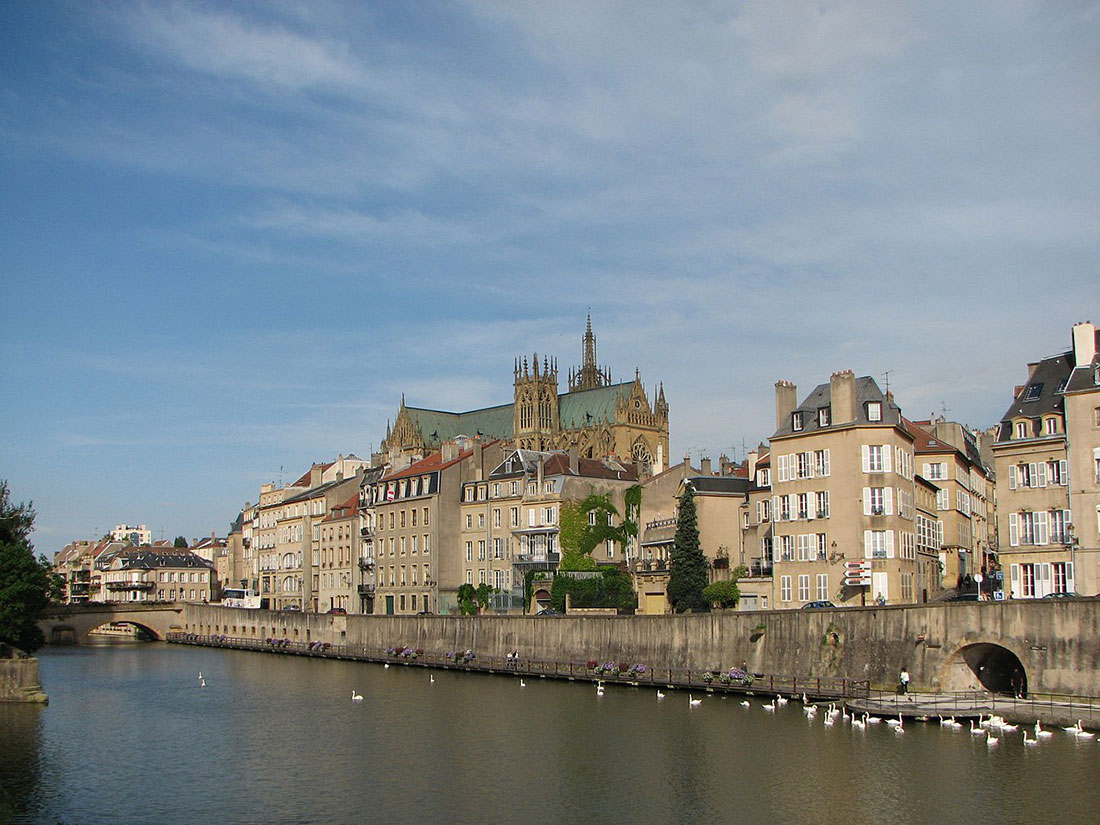
After the Franco-German war of 1870, Metz, like Strasbourg and Colmar, became a German city and by the end of the First World War became the center of a rich industrial province, grew and modernized. To transport coal and metal from the mines of the Moselle, and to improve the movement of soldiers and travelers, a new railway station was built in Metz, which today is classified as a historical monument.
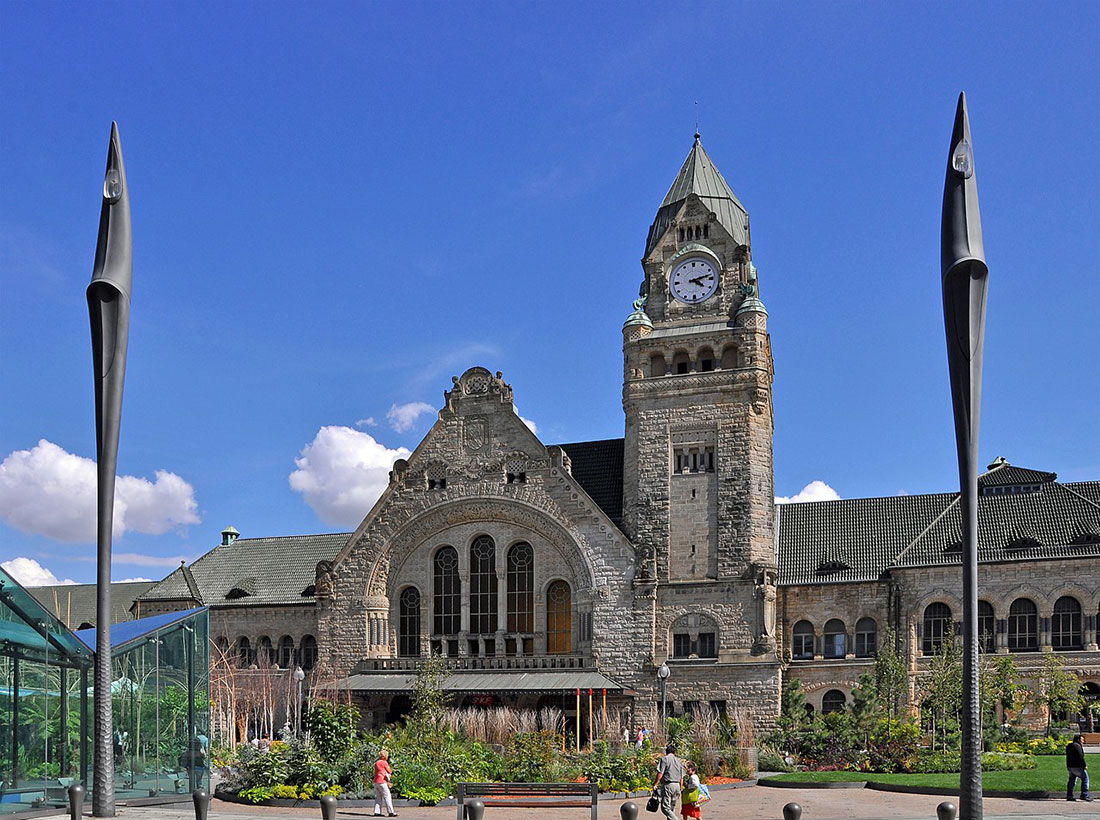
The city was lucky to stay away from the conflicts that have shaken Europe in the modern era. Thanks to this, most of the historical heritage has been preserved here: about a hundred monuments testify to the rich past of Metz – from the Roman era to the present day.


